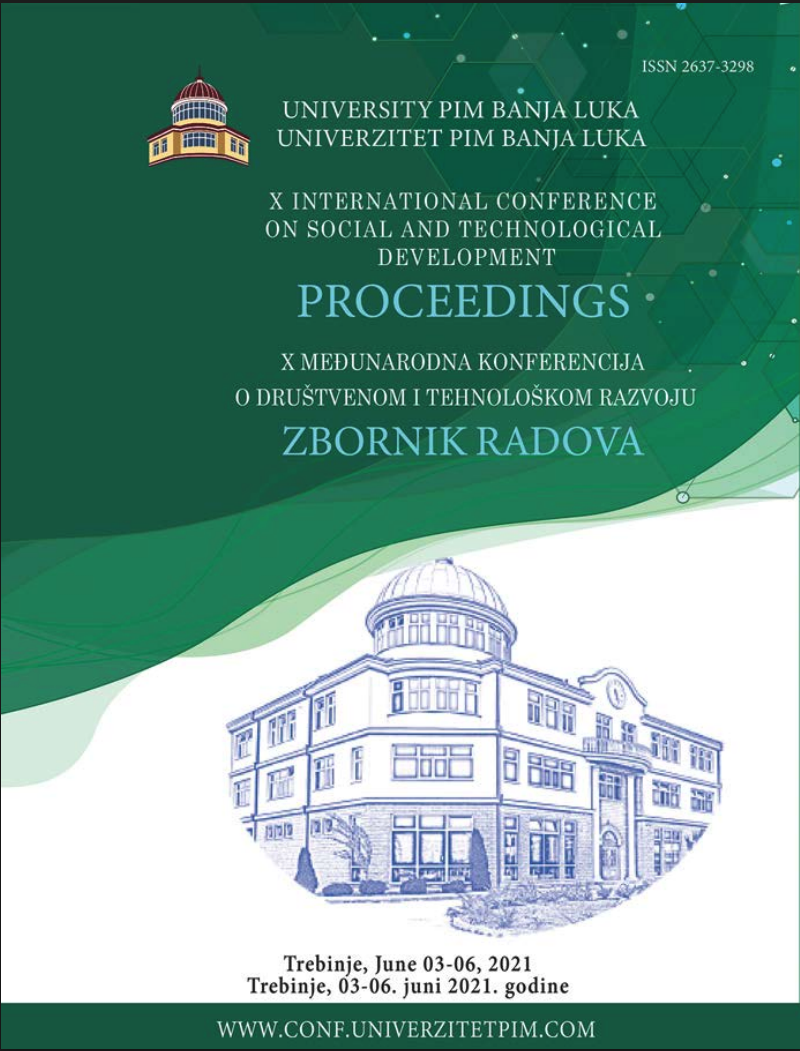
This is an open access article distributed under the Creative Commons Attribution License which permits unrestricted use, distribution, and reproduction in any medium, provided the original work is properly cited.
Faculty of Engineering, University of Kragujevac , Kragujevac , Serbia
Faculty of Engineering, University of Kragujevac , Kragujevac , Serbia
Faculty of Technical Sciences, University of Priština - Kosovska Mitrovica , Mitrovica , Kosovo
Faculty of Engineering, University of Kragujevac , Kragujevac , Serbia
Buildings consume 40% of primary energy and are responsible for 36% of greenhouse gas (GHG) emissions. Therefore, reducing energy consumption in buildings can lead to large energy savings, and thus to a reduction in GHG emissions and environmental protection. Nearly zero energy buildings have great potential for a significant reduction in energy consumption, while increasing the use of renewable energy sources and environmental protection. Some countries have adopted or are considering adopting near-zero energy buildings as a future standard for the building sector. European energy policies through the Directives on energy efficiency of buildings (Directive, 2010/31/EU and 2018/844/EU) stimulate the energy transition to Nearly Zero Energy Building (NZEB) and the Positive Energy Building (PEB) model. There is still no exact definition of Nearly Zero Energy Building (NZEB), but the Energy Performance of Buildings Directive states that "a near-zero energy building means a building with very high energy efficiency", and that “Approximately zero energy or very low amount of energy should be supplied to a very significant extent from renewable sources, including energy from renewable sources produced in or near the building". The paper gives an overview of the criteria of energy efficiency and energy supply from renewable sources in different countries that need to be met in order for facilities to reach the Nearly Zero Energy Building (NZEB) standard.
Energy efficiency policy, nearly zero energy buildings (NZEBs) - definitions and implementation
The statements, opinions and data contained in the journal are solely those of the individual authors and contributors and not of the publisher and the editor(s). We stay neutral with regard to jurisdictional claims in published maps and institutional affiliations.